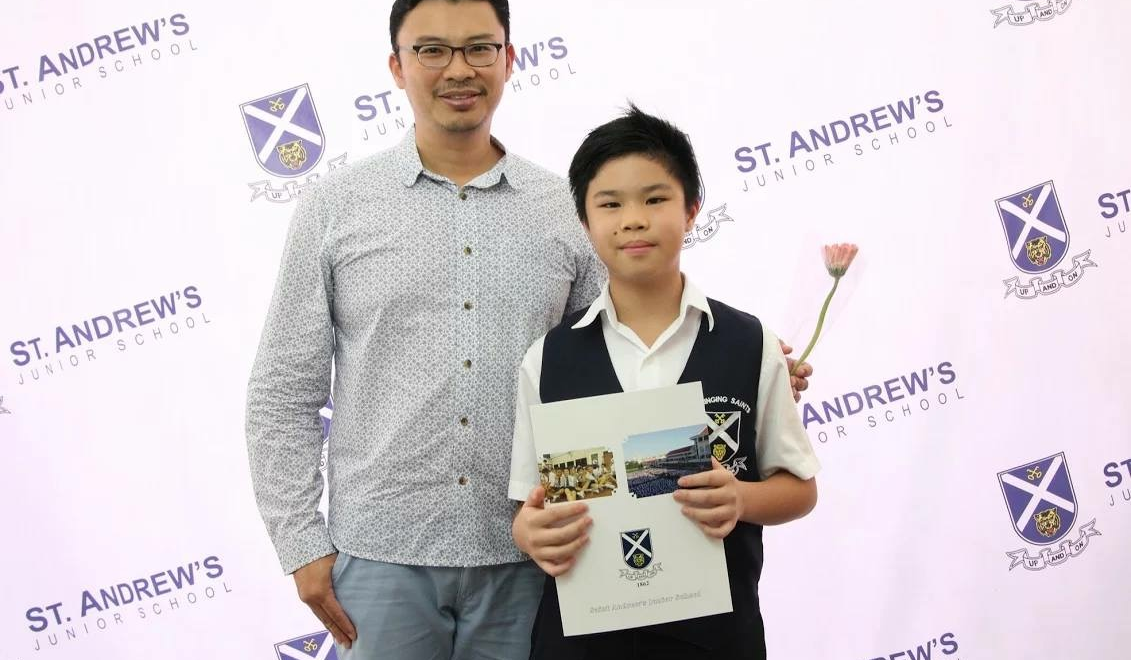Want to raise an independent, active learner? Stock up on notebooks, and teach your child efficient ways to use them.
A 1970s study, which has been frequently cited in online articles about note taking, found that students are seven times more likely to recall information stored in their notes. (See pp.11–12 of this report for more details). However, this may not apply to tech-savvy note takers so it’s best to stick with the basic tools—at least three studies have shown that students who took notes on a laptop fared worse on tests than those who’d recorded information via pen and paper.
Read on to find out how your child can turn note taking into a powerful learning experience.

1) Pay attention to the teacher’s cues.
During a class or lecture, a teacher or professor will usually do the following:
- Introduce a topic
- Provide an outline for the topic or subtopics
- Emphasise important information
- Indicate when information is non-essential or informal
- Define terms
- Provide examples
- Conclude
Go over this list of verbal and non-verbal teaching cues with your child; this awareness will help your child organise his or her notes, as well as distinguish between essential and non-essential information for note taking. You can watch short, informative lectures, such as TED-Ed talks, to identify cues together.
2) Don’t transcribe.
Teach your child the difference between transcribing and a note taking: A transcriber records everything he hears verbatim, while a note taker processes the information, differentiates between main ideas and supporting evidence, and draws conclusions. Let your child watch this fun animated video as an introduction to good note-taking habits.
3) Use standard abbreviations to save time.
Knowing a few abbreviations will help your child to take notes more efficiently while keeping up with a teacher’s delivery. Refer to this list of common abbreviations, and let your child decide which ones he or she is most comfortable using. Kids can also invent their own shorthand—however it’s important that they keep their code consistent, if not they may have trouble comprehending their own notes when it’s time for review.
4) Try the Cornell method.
The Cornell method is often cited as an effective note-taking strategy, and some local secondary schools are introducing this to their students as part of a compulsory study skills programme. The crux of this method involves dividing a notebook page into three sections: A narrow left column for questions, a broader right column for notes, and a summary section across the bottom of the page, to be filled in during a post-class review of notes. To find out more about the Cornell system, watch a video here and view sample notes here.
5) Reflect and review.
Apart from the Cornell method, let your children experiment with other note-taking strategies such as mind mapping, so they can discover what works best for them. Whatever method they choose, it’s the process of reflecting on the notes and reviewing them periodically that will be crucial to learning success. In fact, the first review should be carried out immediately after notes have been recorded, while the session is still fresh in the student’s mind. During this initial reflection, your child should:
- Identify key points and highlight them with coloured pens, or by circling/underlining.
- Identify sections that require more information or clarification.
- Formulate questions to ask the teacher at the next class.
With practice and fine-tuning, note taking will become second nature to your child, and it’s a skill that will continue to be useful beyond the schooling years. One famous note taker is Virgin’s founder and CEO Richard Branson, who refers to note taking as one of his “favourite pastimes.” This is what he has to say about the value of notes:
“I can’t tell you where I’d be if I hadn’t had a pen on hand to write down my ideas (or more importantly, other people’s) as soon as they came to me. Some of Virgin’s most successful companies have been born from random moments—if we hadn’t opened our notebooks, they would never have happened.”
This article first appeared on KiasuParents

Flying Cape is an online booking website for tuition and enrichment classes. We help you and your family to Learn it Smarter.





